Instagram, Facebook, and LinkedIn
I spent the last several years, volunteering on the social media team with TSOS, a non-profit organization that advocates for refugees through storytelling.
Managing social media for a small nonprofit comes with unique challenges—limited resources, no paid promotions, and an audience that can be difficult to reach. More often than not, my posts didn't make the impact I would've liked, but this work still taught me many valuable lessons about running social media. And of course, I had a few successes as well.
Challenges
Approaches & Posts
#1: Time-appropriate posts
Whether it’s jumping on a trend or responding to breaking news, timing is everything in social media. If you wait too long to engage, you miss the chance to be part of the moment—losing visibility and impact. Staying agile and reacting quickly can make the difference between a post that gets lost in the feed and one that sparks conversation.
In the nonprofit sector, it was usually inappropriate to follow funny trends—the refugee crisis is no small issue. Usually, I was capitalizing on breaking news moments to make an impact, but I'd follow a similar pattern with lighthearted trends.
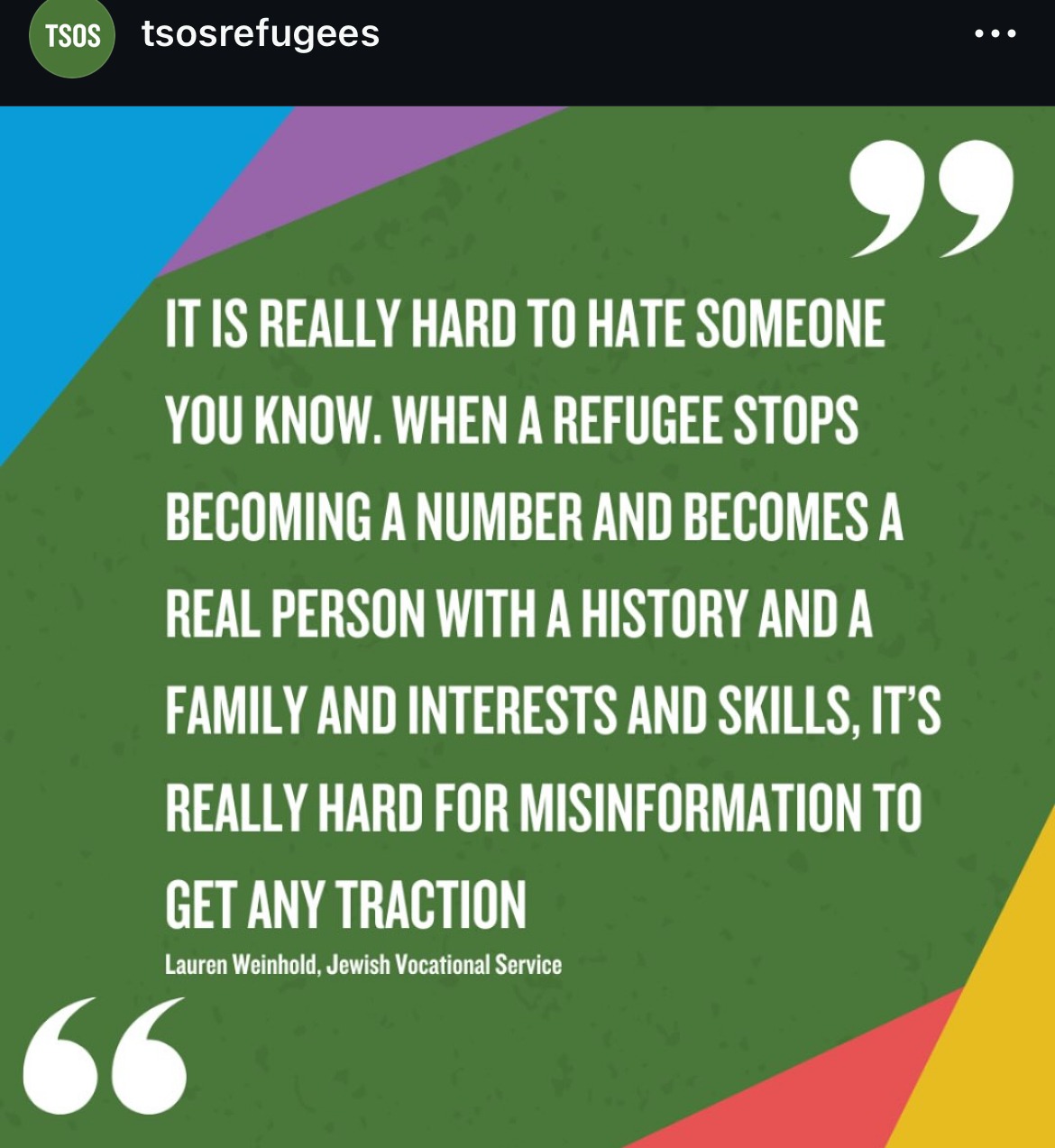
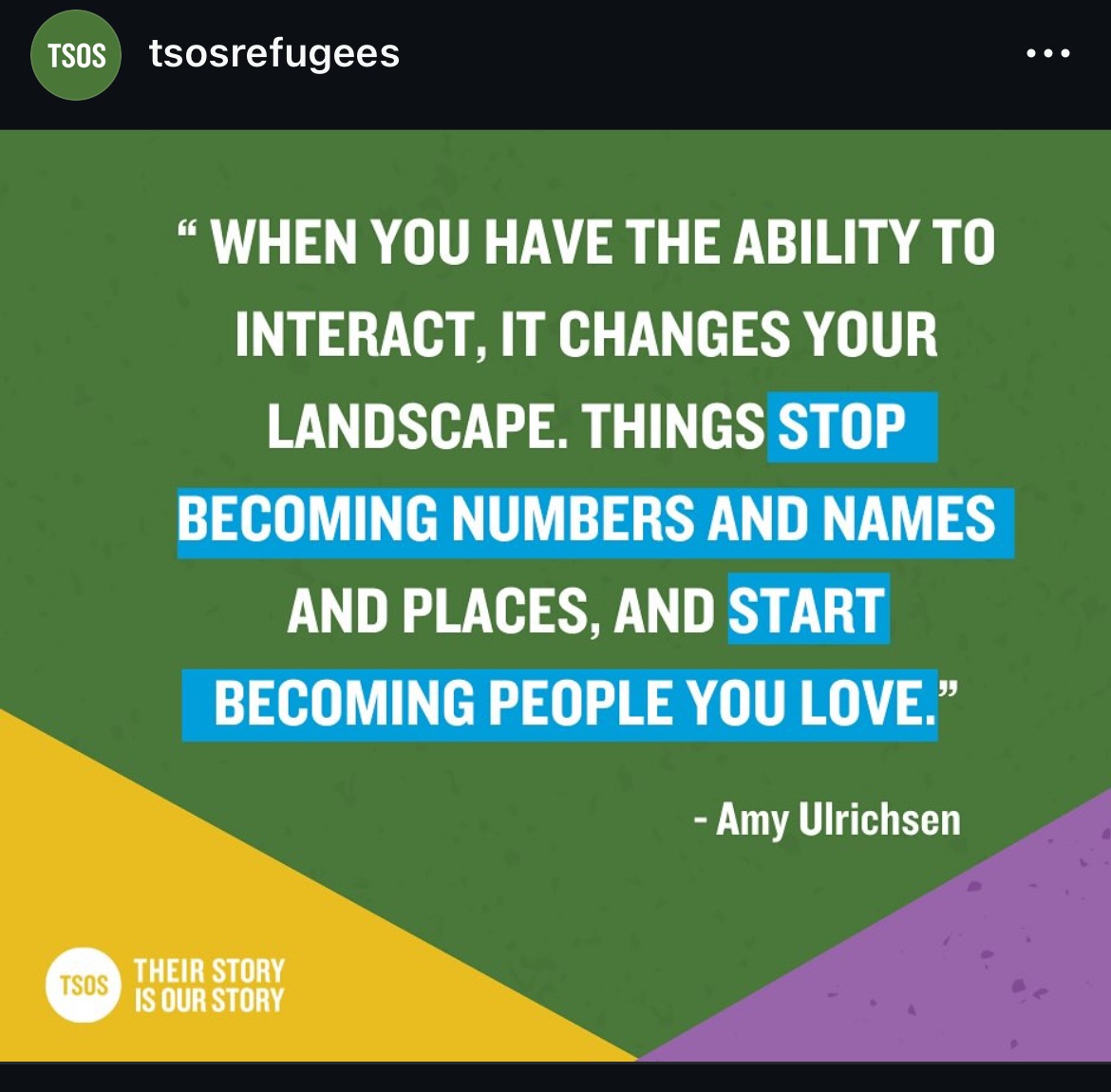
Both of these posts were created in response to breaking news that included anti-refugee rhetoric. By acting quickly, we were able to tap into the moment while the topic was top of mind for our audience. As a result, engagement spiked, and we saw a significant increase in shares as people used our content to push back against the negative narrative. This demonstrated the power of timely posting—not just for visibility, but for driving meaningful conversations.
#2 The Power of Consistency
To build a real connection with your audience, consistency is key. People like knowing what to expect from the accounts they follow—whether it’s posting at the same time each week or creating a recurring series they can look forward to. In a fast-moving, unpredictable world, providing a sense of reliability through content keeps your audience engaged and coming back.
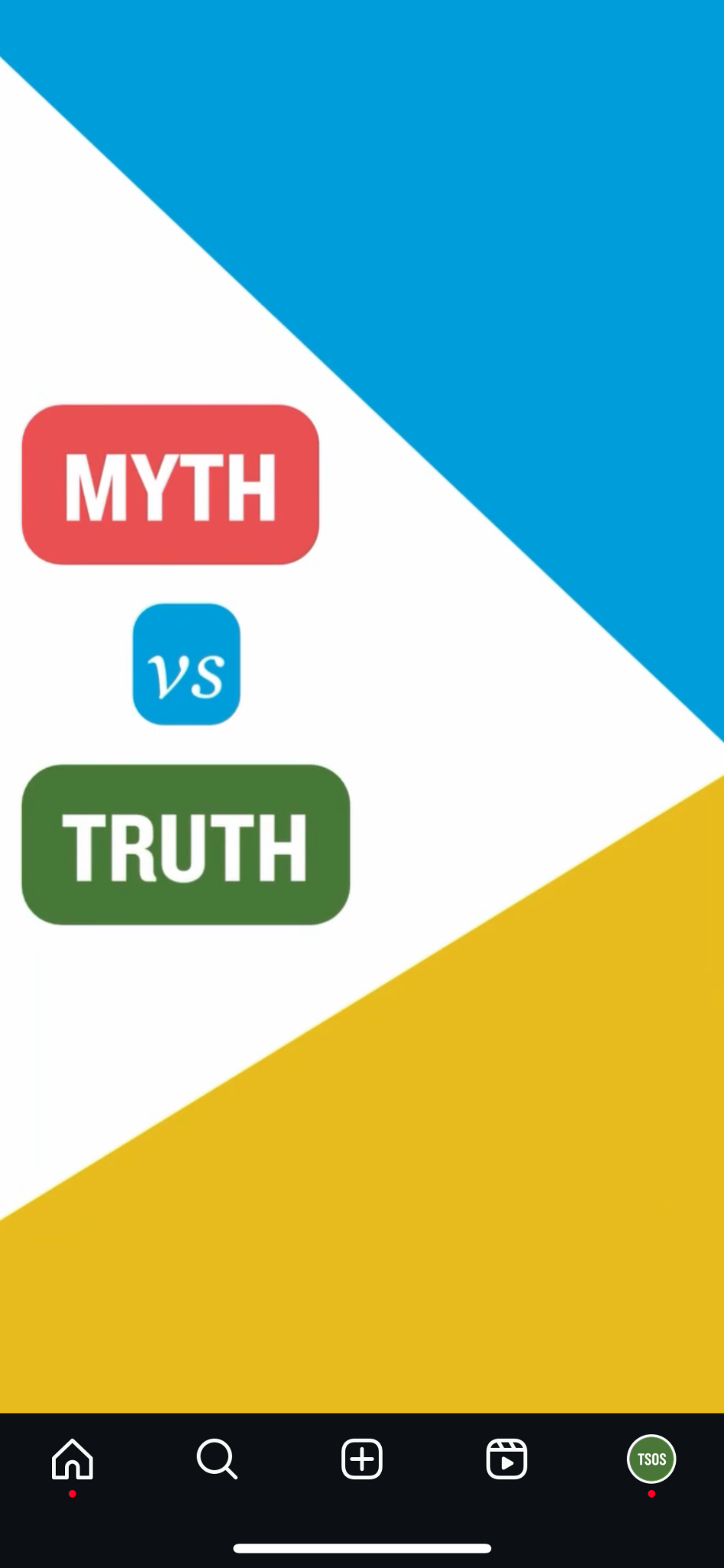
I did a weekly series, busting myths people often have about refugees (i.e. Myth: refugees don't contribute to the U.S. economy). It was an education resource that people could count on.
#3 Turn Engagement into Action
The true purpose of social media marketing for brands is to inspire action. It’s not enough for people to simply like or comment on your posts—you want them to change their behavior in the real world. Whether it's purchasing a product, donating to a cause, or volunteering in their community, social media should be a tool that drives tangible results.
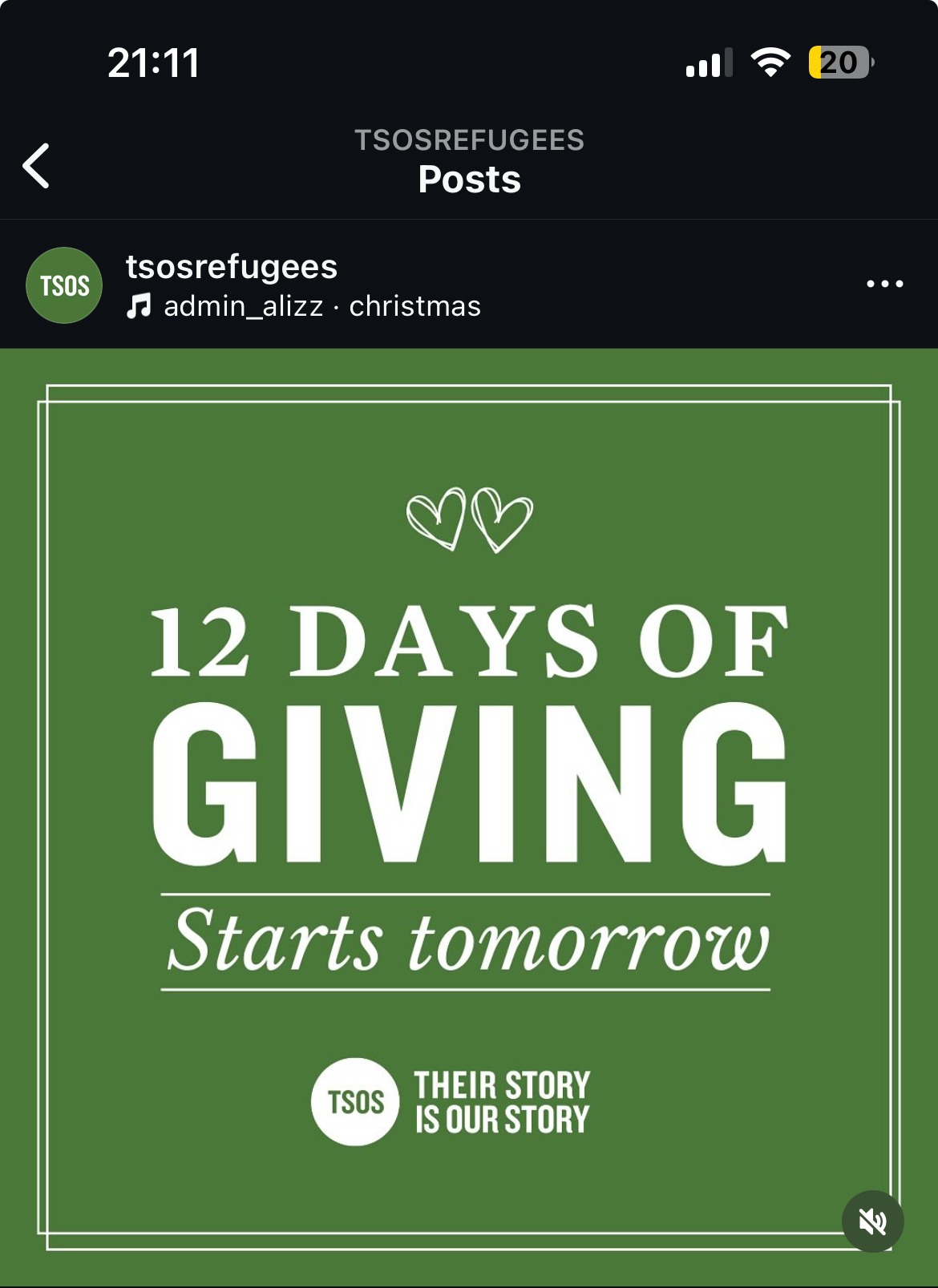
The '12 Days of Giving' is a tradition I created a few years ago as part of our nonprofit’s December campaign. While our focus is often on sharing stories from refugees and providing information on refugee legislation, we recognize that it can be hard for people to know how they can make a tangible difference. Each December, we share 12 actionable ways our followers can get involved in their communities—whether through donations, volunteering, or advocacy—making it easier for them to turn awareness into action. We connected with other nonprofit organizations to make a bigger impact.
Our followers appreciated small, bite-sized pieces of information on how they could make a difference. And it's a fun thing to do every year!
#4: Different messages for different audiences
When managing social media for TSOS, we learned how essential it is to adapt messaging to fit the specific audience of each platform. While Instagram, Facebook, and LinkedIn all have overlapping audiences, their expectations differ. For example, LinkedIn is a more career-focused platform, so we tailored our posts there to align with professional development and industry insights. On the other hand, Instagram and Facebook are more casual, so we posted a wider variety of content, including stories, advocacy posts, and community-building updates. Below are two versions of the same post, each tailored to suit the unique tone and goals of these platforms.

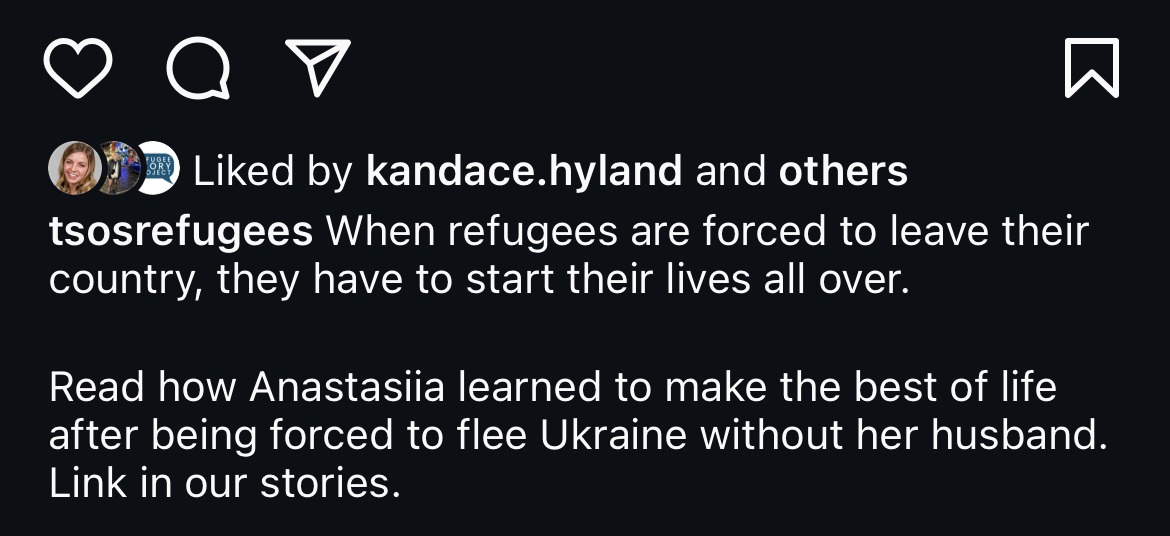

Post a comment